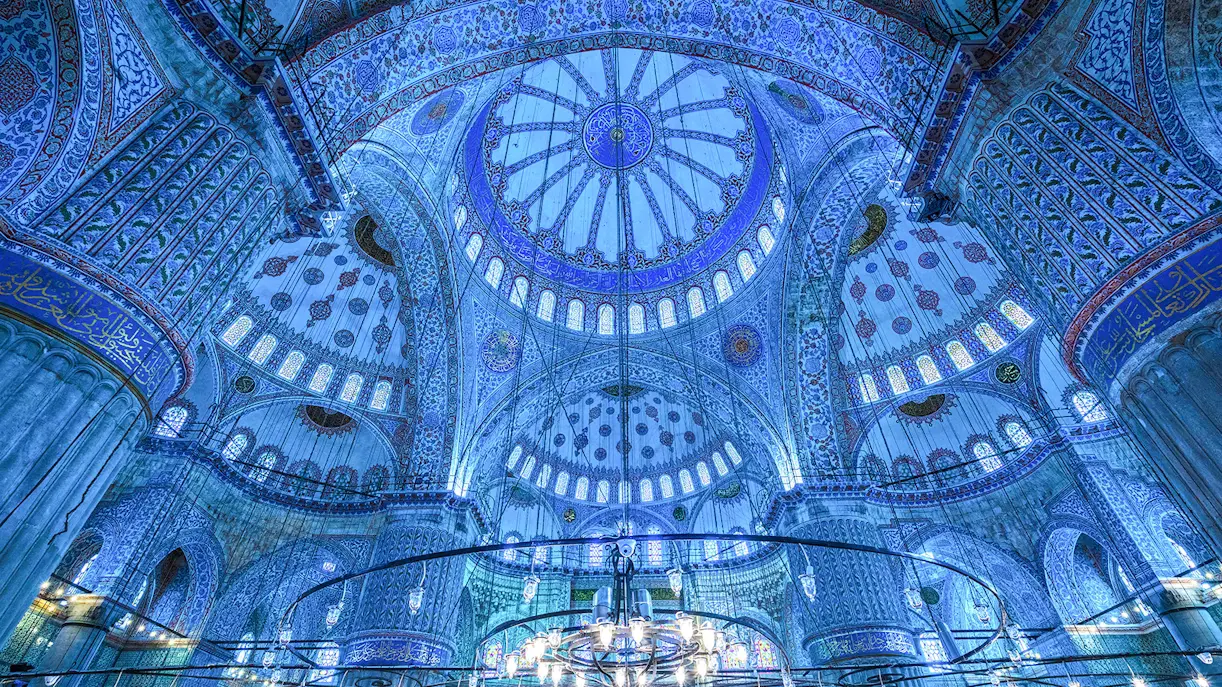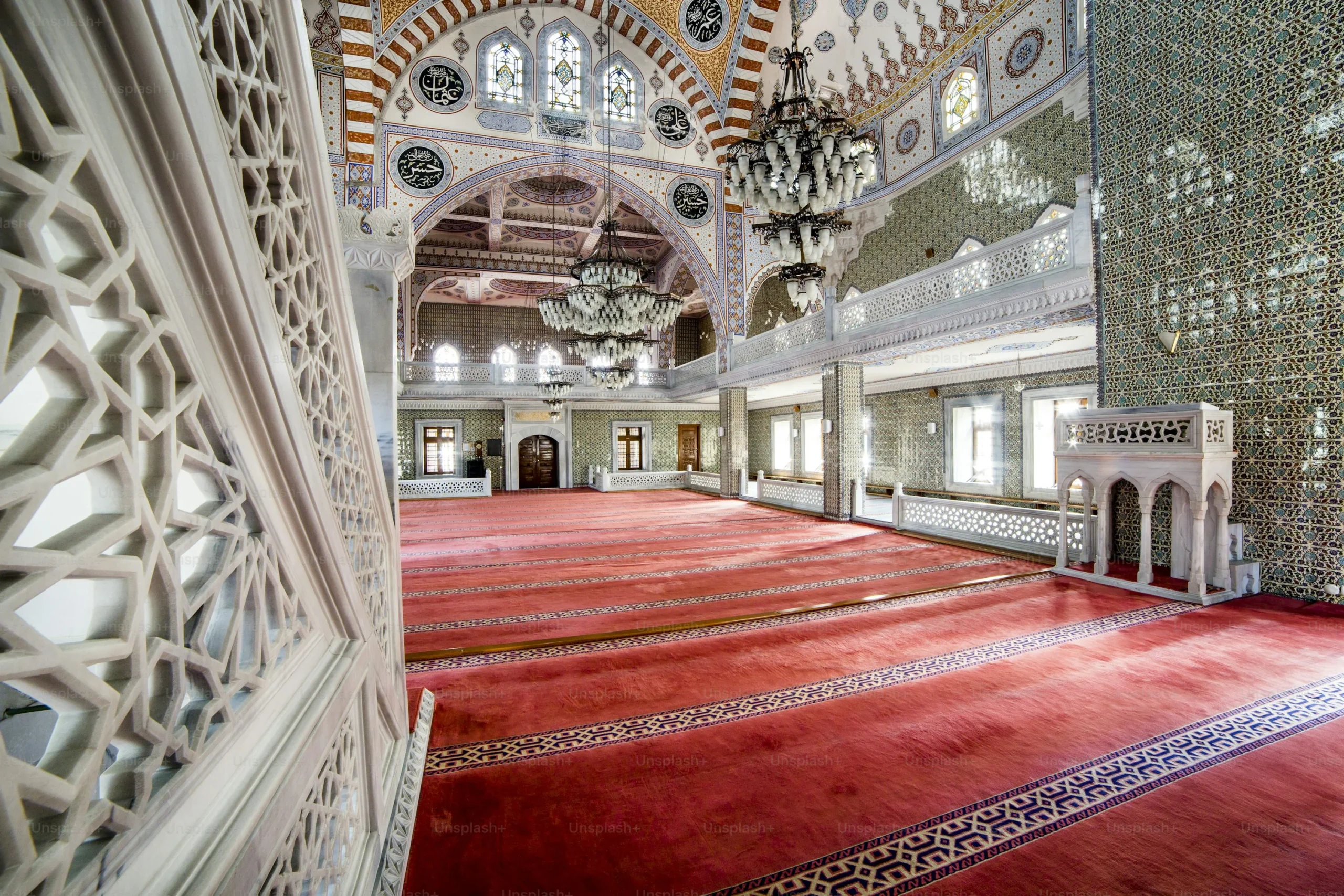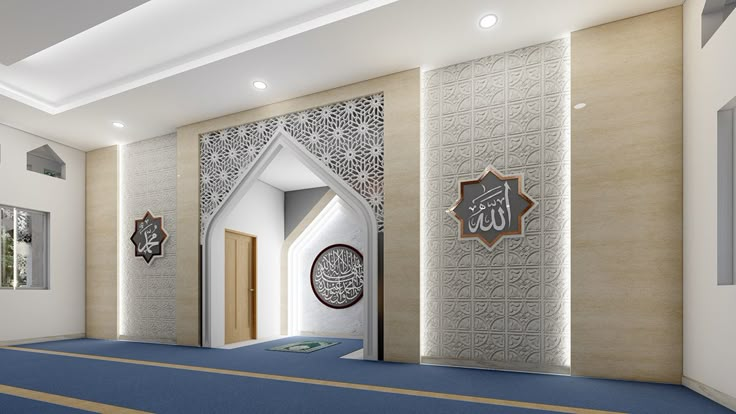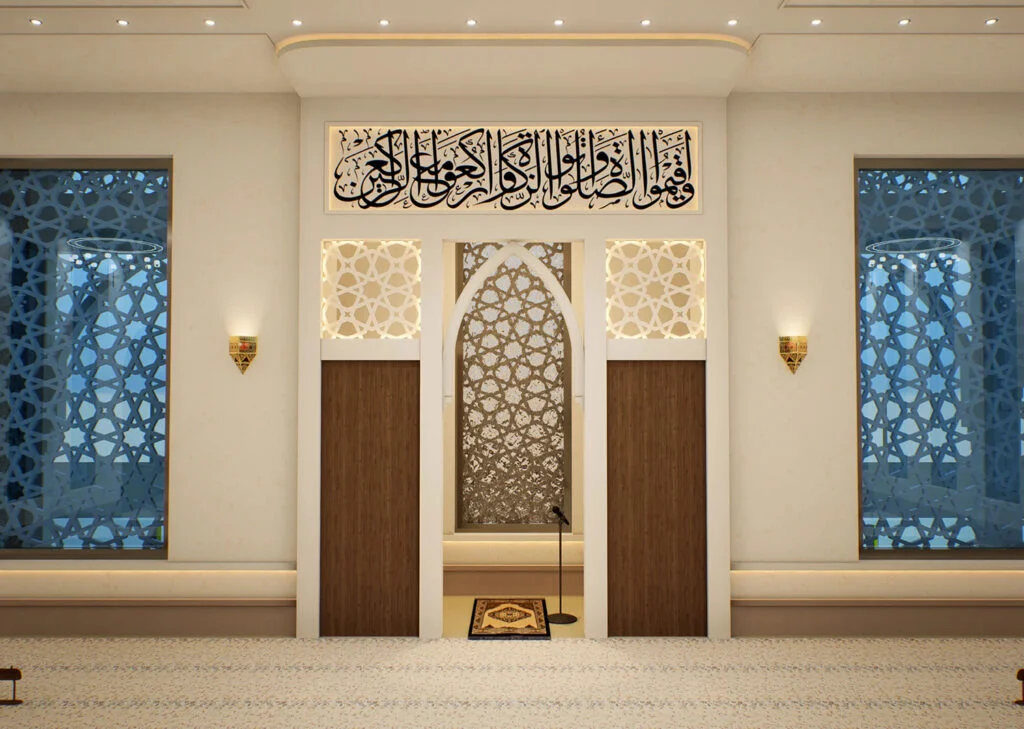📢 Enjoy 100% Free Consultation | Shop Smart Locks by- Samsung, Bosch & Philips | Buy RFID Hotel Locks |
Explore our Services |
Our Digital Marketing Agency: 

Ever walked into a mosque and felt the way light filters through the lattice, or the coolness of terracotta underfoot? Mosques in Bangladesh offer a tapestry of history and modern design, from ancient terracotta domes to minimalist halls suffused with sunlight.
This human-written guide will walk you through the evolution of mosque interiors here why thick brick walls still matter, how modern architects carve out column-free prayer halls, and what climate-friendly design really means in a hot, humid country.
If you’re curious about where tradition meets innovation and how a seasoned design firm like Design Doctors Studio plans to shape its first mosque, keep reading.

Many of the mosques dotting Bangladesh have a back‑story that goes way back to the Bengal Sultanate and Mughal periods. Take the famous Sixty Dome Mosque in Bagerhat. Despite its nickname, there are actually 77 low domes resting on 60 slender stone columns inside.
Thick tapered brick walls support the roof and there are rows of arched doorways on the east, north and south sides to bring in light and air.
Even with all those openings, the sheer mass of the walls gives the prayer hall a cool, sombre feel. Along the western wall you’ll find multiple mihrabs that point worshippers toward Mecca.
Fast‑forward to the 1960s and you get Bangladesh’s national mosque, Baitul Mukarram, which adopts a modernist style.
The designers included two open courtyards so sunlight and fresh air pour into the prayer hall. Instead of a traditional semi‑circular mihrab, there’s a crisp rectangular niche. Decoration is kept to a minimum; the building’s clean lines and large volumes do all the talking.
The Bait Ur Rauf Mosque in Dhaka shows how contemporary architects are reimagining what a mosque can look like. Built in 2012, the prayer space is an open box without any internal columns.
Eight thick supports on the perimeter hold up the roof, and a scatter of round openings in the ceiling and walls creates a dreamy mix of light and shadow as the sun moves across the sky.
The walls are made of handmade terracotta bricks, which let air pass through and help keep the building cool. There’s no dome or minaret, just simple geometry and carefully designed natural light to evoke a sense of calm.

This is the heart of the mosque. It should be open and flexible so worshippers can stand shoulder to shoulder in rows.
Older mosques achieve this with rows of columns and arches that break up the space; modern designs might use hidden structural tricks so there’s nothing to interrupt the view.
Carpets provide comfort underfoot, and designers pay attention to acoustics so sermons and prayers aren’t lost in echoes.
The mihrab is the niche that points worshippers toward the Kaaba in Mecca. It’s often the most ornate element in the hall.
Baitul Mukarram’s mihrab is an austere rectangle, but many mosques use intricate geometric patterns or carved calligraphy to highlight this focal point.
The minbar, a raised pulpit used for Friday sermons, should be easy to see from anywhere in the room. Traditional minbars are often carved from wood, but stone and metal versions are common too.
Natural light is a signature feature in Bangladeshi mosques. Skylights, clerestory windows and perforated brick screens all help bring daylight into the prayer hall.
In the Bait Ur Rauf Mosque, circular openings scatter sunlight across the floor and walls, changing the look of the space throughout the day.
For evenings and overcast days, chandeliers and concealed LED lighting provide soft, even illumination without overwhelming glare.
You’ll see a lot of clay brick, terracotta and wood in Bangladeshi mosques, these materials are locally sourced and perform well in humid climates.
The thick walls of historic structures like the Sixty Dome Mosque act as thermal mass, keeping the interior cool. Modern designers still favor these materials but combine them with clean lines and subtle patterns.
Decoration is often restrained, with simple geometric motifs and snippets of Quranic calligraphy adding interest without clutter.
Traditionally, women’s prayer spaces have been tucked away on mezzanines or behind screens.
There’s a growing awareness that women deserve better access, so many new or renovated mosques in Bangladesh include dedicated areas for women that are comfortable and visible.
Accessible ramps, elevators and tactile flooring help elderly worshippers and people with disabilities feel welcome, too.
Mosques are not just for prayer. They host Quran classes, community meetings, charity events and more. Designers increasingly include multi‑purpose rooms, libraries and even medical clinics within mosque complexes.
Outdoor gardens or courtyards offer quiet places to sit, study or chat after prayers. Bait Ur Rauf’s design intentionally provides spaces where children can play and neighbors can gather during the day.
Explore the top things to remember before making mosque design.
If you’re thinking about building or renovating a mosque in Bangladesh, here’s a roadmap to get you started:

Ready to transform your office? Get in touch with the best interior firms in Bangladesh to start designing a space that aligns with your startup’s goals and culture. The right design can make all the difference!
If you’re looking for expert guidance on mosque interiors, Design Doctors Studio has deep experience in Bangladeshi architecture.
We understand how to balance tradition with modern amenities, select climate‑appropriate materials and create spaces that feel serene and welcoming. Our team listens to your community’s needs and translates them into 3D visualizations, construction drawings and beautifully finished prayer spaces.
We’re proud to be among the top interior design firms in Bangladesh and would love to help bring your project to life.
Mosques in Bangladesh reflect centuries of craftsmanship, devotion and adaptation to the local environment.
From the solemn arches of the Sixty Dome Mosque to the light‑filled simplicity of the Bait Ur Rauf Mosque, each building tells a story. Thoughtful interior design can honour tradition while embracing comfort, inclusivity and sustainability.
When you combine these considerations with community input and professional expertise, you end up with spaces where worshippers can connect deeply with their faith and with each other.
Author: Al-Amin Ifty, Design Doctors Studio @2025
We invite you to make contact with our design studio to collaborate or enquire about a project.